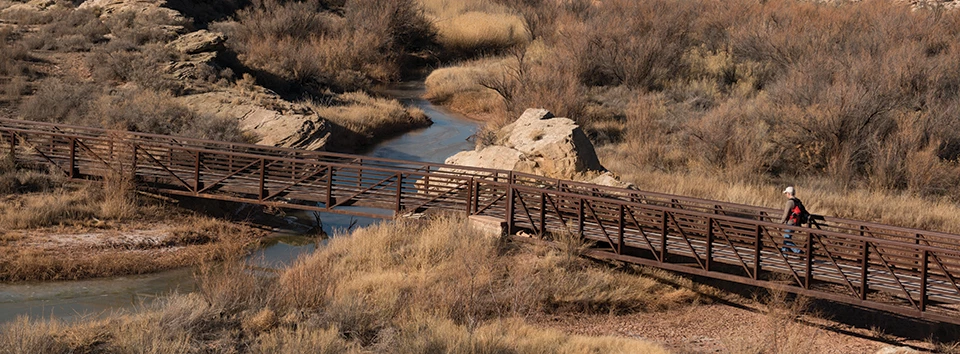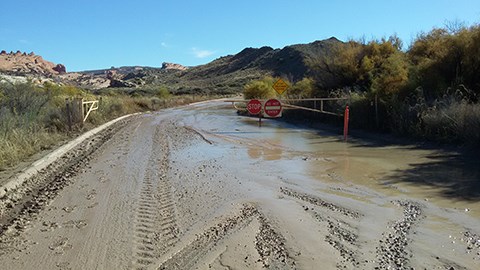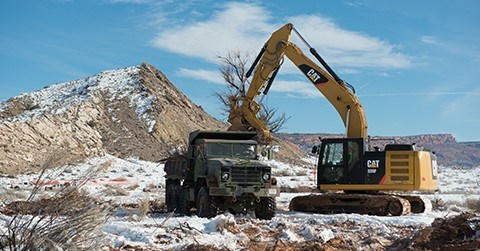Last updated: April 29, 2025
Article
Removing Invasive Tamarisk from Salt Wash

NPS/Chris Wonderly
Delicate Arch is many things—a symbol of Utah, a spectacular example of the power of erosion, and for many travelers, a lifelong goal. Unfortunately, seasonal flooding closes the road to get there. In 2016, flooding closed the Delicate Arch Viewpoint road for 34 days. For many people, the flat, wheelchair-accessible viewpoint trail is their only option to view the famous arch. Finding it closed can be heartbreaking. The Salt Wash Rehabilitation Project, starting this winter, represents a chance to solve this problem.
Arches National Park opened the Delicate Arch Viewpoint road in the spring of 1948 and paved it in 1995. The three natural drainages that cross the roadway brought challenges from the beginning. Desert waterways like these are dry much of the year, but rage with muddy floodwaters in the late summer monsoon season. With each flood, sediment (mostly sand) washes downstream as water sculpts new channels. A natural water system in this desert is one that changes freely and often.

NPS
One reason the viewpoint road is so flood-prone is an invasive shrub called tamarisk (Tamarix sp.). This woody plant grows in dense stands in waterways. It also stubbornly refuses to lie down during a flood. Sediment piles up behind thick stands of tamarisk, eventually changing the slope of the streambed and slowing the flow of water. The park has installed 15 culverts under the road over the years, and all of them are now packed with sand and unable to function. Ironically, problem-solvers of the 1800s brought tamarisk to North America from Europe in part to help stabilize river banks. But this water system needs just the opposite: flexibility and resilience.
In January 2018, staff began using heavy equipment to restore natural flow to the drainage channels. Using a special excavator, they will uproot and remove 54 acres (21 ha) of tamarisk. They will also remove about 29,000 cubic yards (22,172 cubic meters) of sediment to reestablish historic channels blocked by this sediment. This work will span across two years. Staff will continue to monitor and maintain this area for three more years following initial restoration work.

NPS/Chris Wonderly
Natural desert water cycles are messy, changing, and have been at work for thousands of years. This two-year project helps support that cycle. As you visit the Delicate Arch area and observe the project, consider what restoration and resilience mean to you. How do you change to meet the challenges of your life? What new channels are you digging, and what are you ripping out by the roots?
Read More
News Release
Finding of No Significant Impact for Salt Wash Rehabilitation Project in Arches National Park
Park Planning
Salt Wash Rehabilitation Project
